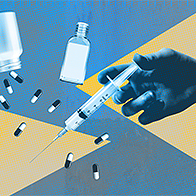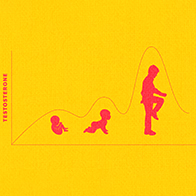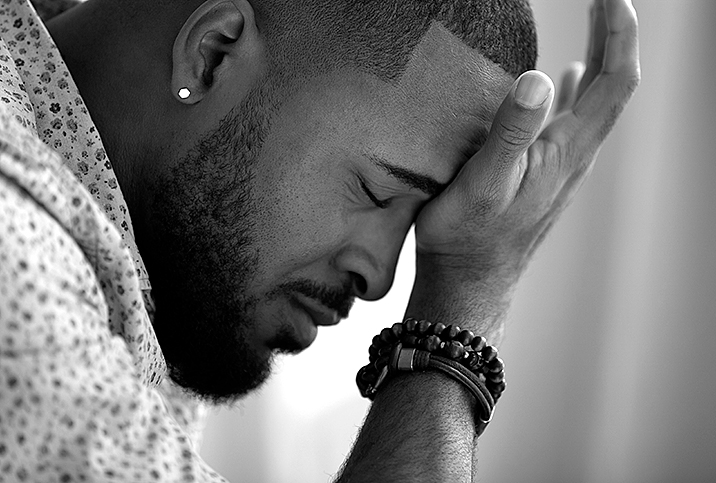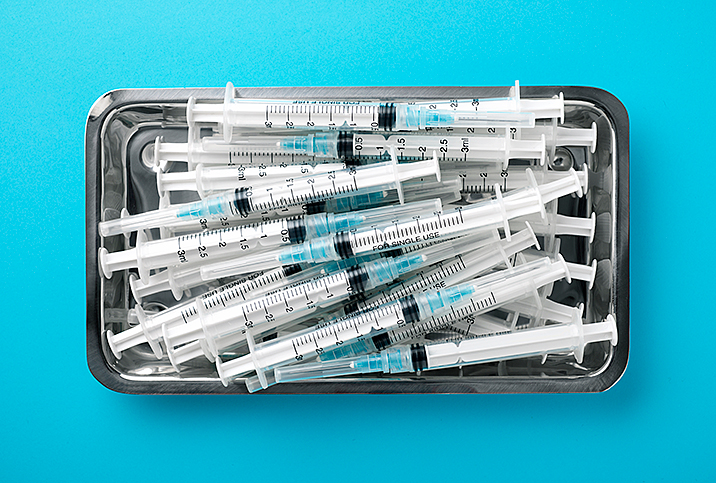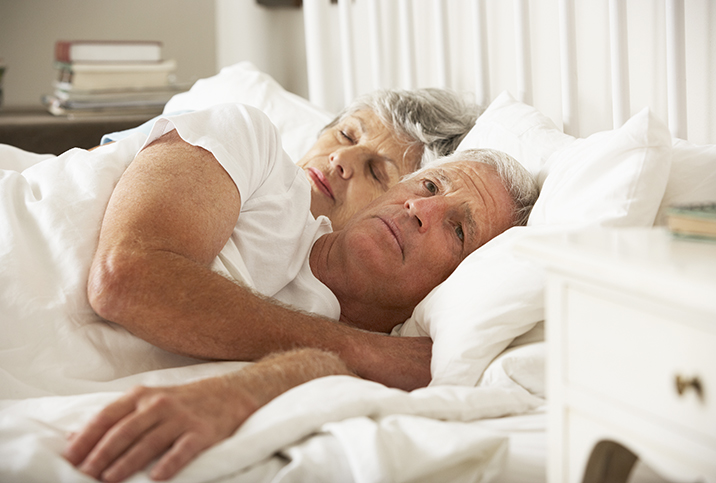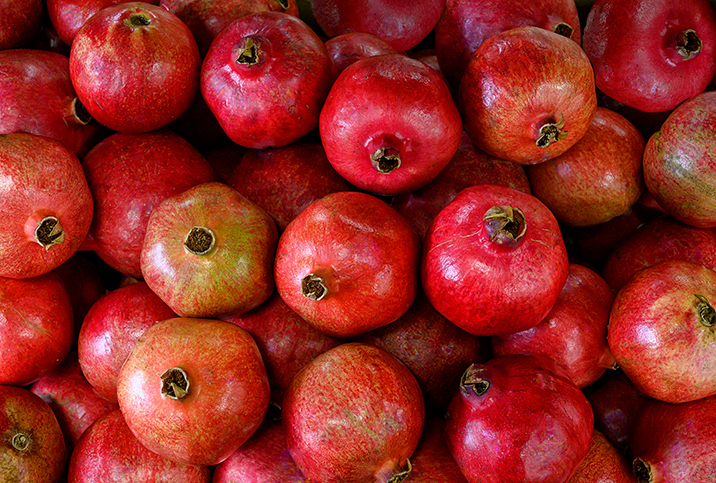Get to Know the Two Kinds of Hypogonadism
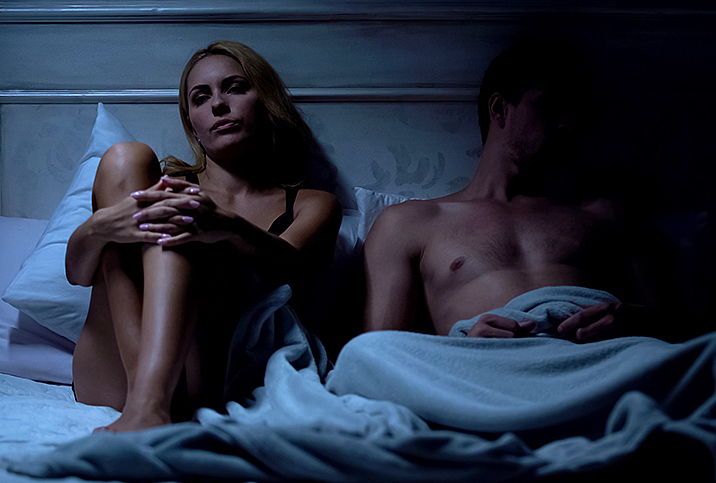
The primary functions of the penis are its abilities to urinate, become erect and ejaculate. However, the penis has also historically been seen as a symbol of manhood, whether in ancient Rome or a high school locker room. While beliefs about the ideal size of male genitals continue to shift, the penis' representation of manhood has held.
Thus, you might imagine how difficult it can be for a man to have a deficiency, disorder or deformity pertaining to their genitals. One such disorder is hypogonadism, also known as gonad deficiency, which prevents a male's testicles from producing enough testosterone. Hypogonadism is synonymous with low testosterone, or low-T.
Some men are born with hypogonadism, while others develop it later in life. People who suffer from hypogonadism typically experience a low libido, or sex drive. Males affected before puberty can experience a delay in penis growth and body hair.
'We are seeing a massive decline in testosterone levels, even in younger men.'
Hypogonadism particularly affects men ages 65 and older because of age or medical causes, but men of all ages can feel its effects.
"We are seeing a massive decline in testosterone levels, even in younger men," said Tracy Gapin, M.D., a urologist based in Sarasota, Florida. "I see men every day in their 30s and 40s that are experiencing this, and it's becoming a massive problem that's not really getting the attention it deserves."
To make the situation more difficult, hypogonadism isn't a single condition. Instead, it manifests in two ways, primary and secondary, each of which vary in cause and effect. Both types are treatable, but doctors first need to determine which type it is to treat.
What's the difference?
There are key differences and similarities between primary hypogonadism (also called primary testicular failure) and secondary hypogonadism (also called hypogonadotropic hypogonadism), according to Rena Malik, M.D., a urologist based in the Baltimore area. Simply put, primary hypogonadism occurs due to a problem with the testicles.
Secondary hypogonadism occurs when chemical messages from the brain get disrupted on their way to the testicles, resulting in the underproduction of testosterone.
"Both groups can present with azoospermia, or lack of sperm production, and they are differentiated by the difference in their hormone levels, specifically their follicle-stimulating hormone [FSH] and luteinizing hormone [LH]," Malik explained.
LH stimulates testosterone production, while FSH helps jump-start sperm production.
Primary hypogonadism is associated with low testosterone levels and high-normal to high levels of LH and FSH, while secondary is associated with low-T and normal to low levels of LH and FSH, according to research in the Reviews in Urology journal. With secondary hypogonadism, the testicles function normally but there are generally issues in the pituitary gland and/or the hypothalamus.
Primary hypogonadism can be caused by genetics, a viral infection, an autoimmune disorder or exposure to agents that can disrupt sperm production, such as chemotherapeutic agents.
Causes of secondary hypogonadism can include pituitary or endocrine disorders, rapid weight loss, use of steroids, obesity, a genetic disorder or an infection.
Symptoms of hypogonadism
Symptoms of both types of hypogonadism may include loss of body hair, muscle loss, infertility, low libido, and reduced growth of the penis and testicles.
"The clinical presentation [of symptoms] varies depending on what the underlying cause is," Malik said.
No specific symptoms point to one type or the other, making classification imperative but difficult.
"The symptoms that an individual would experience can include low energy, fatigue, brain fog, weight gain, difficulty losing weight and burning fat, difficulty building muscle, and sexual dysfunction," Gapin said. "All of these symptoms are identical whether it is primary or secondary hypogonadism."
Treatment for hypogonadism
"Secondary conditions are treated with hormones like human chorionic gonadotropin, or hCG, to help stimulate the production of testosterone. There are also off-label treatments that are available, too," Malik said, citing clomiphene citrate (CC) and aromatase inhibitors (AIs).
"Men with secondary [hypogonadism] respond to Clomid pills or hCG, unlike men with primary," said Judson Brandeis, M.D., a urologist with a clinic in San Ramon, California, and the author of "The 21st Century Man."
Primary conditions, on the other hand, are more difficult to treat.
"[Treatment] usually starts with a testicular biopsy, and if sperm is identified, there are microsurgical procedures that can help extract sperm for fertility purposes," Malik said, adding that if primary hypogonadism is the result of a short-term exposure, such as a viral infection (example: HIV-affected men), doctors may suggest at least short-term testosterone therapy as adjunctive therapy.
One of the most widely used treatments for both types of hypogonadism is testosterone replacement therapy (TRT) in the form of gels, patches or injections, which can boost testosterone levels.
"There are some rare side effects from treatments," Gapin said. "For example, testosterone therapy can produce rare symptoms, including fluid retention, acne or hair loss."
Ultimately, hypogonadism can't be cured, but it can be treated effectively with medication, and men with the condition can develop properly and have a healthy sex life.







